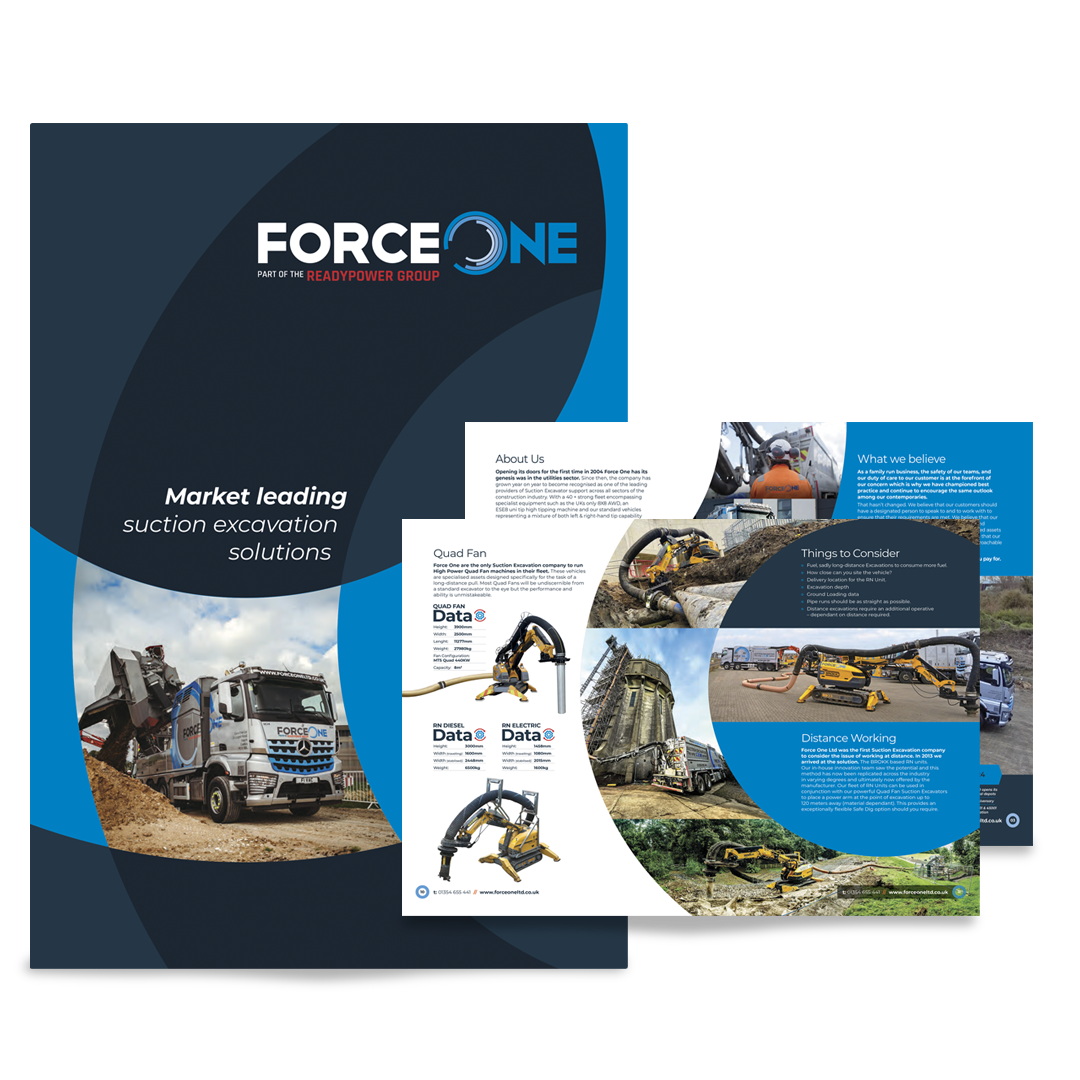The power of bespoke brochures: Why they matter
Packaging Power: How Design Drives Sales
In today’s digital age, where information is readily accessible online, you might wonder why printed brochures still hold their value. The answer lies in the power of personalisation and the tangible experience they offer.
Bespoke brochures are more than just marketing materials; they are tailored to your specific audience and goals. Unlike generic flyers or digital advertisements, bespoke brochures can be designed to evoke emotions, create a sense of exclusivity, and leave a lasting impression.
Imagine receiving a brochure that specifically addresses your needs and interests. This level of personalisation makes the brochure feel more relevant and engaging, increasing the likelihood of it being read and remembered. In a world dominated by screens, physical objects offer a unique experience. Brochures can be held, touched, and kept as a tangible reminder of your brand. This tactile quality can create a stronger connection with your audience.
While it may be more difficult to track the direct impact of brochures compared to digital marketing, they can still be effective in generating leads and sales. Brochures can be used to drive traffic to your website, encourage inquiries, and ultimately lead to conversions.
Bespoke brochures offer a unique and powerful way to connect with your audience. By investing in high-quality, personalised brochures, you can create a lasting impression and drive your business forward.
Printing Options for Your Bespoke Brochures
Once you’ve designed your perfect brochure, it’s time to choose the right printing method. Here are some popular options:
- Offset printing: This is a high-volume printing method that’s ideal for large quantities. It offers excellent print quality and is cost-effective for large runs.
- Digital printing: Digital printing is a versatile option that’s suitable for both short and long runs. It allows for customisation and offers quick turnaround times.
- Letterpress printing: This traditional printing method creates a unique, embossed effect. It’s perfect for high-end brochures that require a luxurious feel.
- Foil stamping: Foil stamping adds a touch of elegance and sophistication to your brochures. It involves applying metallic foil to the paper, creating a shiny, eye-catching effect.
- Embossing: Embossing creates a raised or indented design on the paper, adding depth and texture to your brochures.
Binding Options for Your Bespoke Brochures
The choice of binding can significantly impact the overall appearance and durability of your brochures. Here are some common binding options:
- Saddle stitching: This is a popular and cost-effective binding method that involves folding the paper and stapling it together.
- Perfect binding: Perfect binding involves gluing the folded pages together along the spine. This creates a clean and professional look and is suitable for thicker brochures.
- Wire-O binding: Wire-O binding is a durable option that involves punching holes in the paper and threading wire through them. It’s often used for calendars, notebooks, and thicker brochures.
- Spiral binding: Spiral binding is similar to Wire-O binding but uses plastic coils instead of wire. It’s a versatile option that allows for easy flipping through the pages.
The best binding method for your bespoke brochures will depend on the desired look, the number of pages, and the budget. Consider factors such as the thickness of the paper, the overall aesthetic, and the intended use of the brochures.




